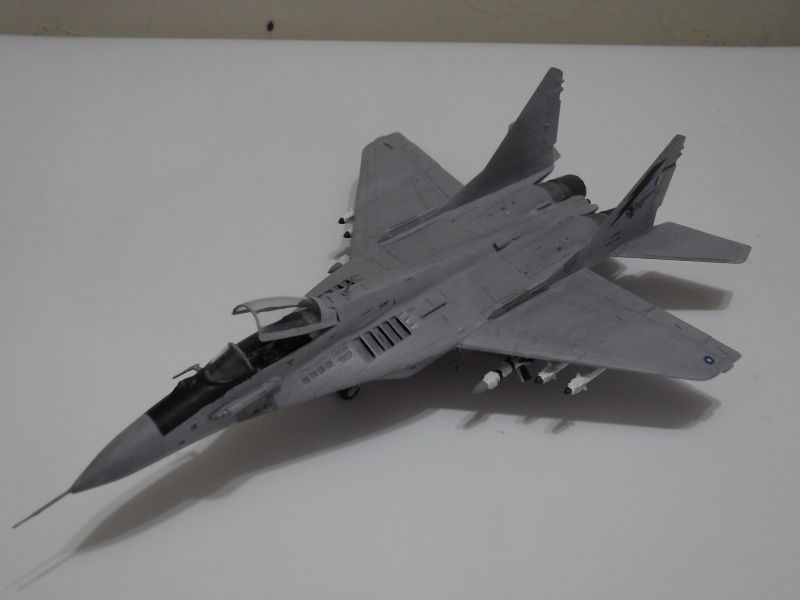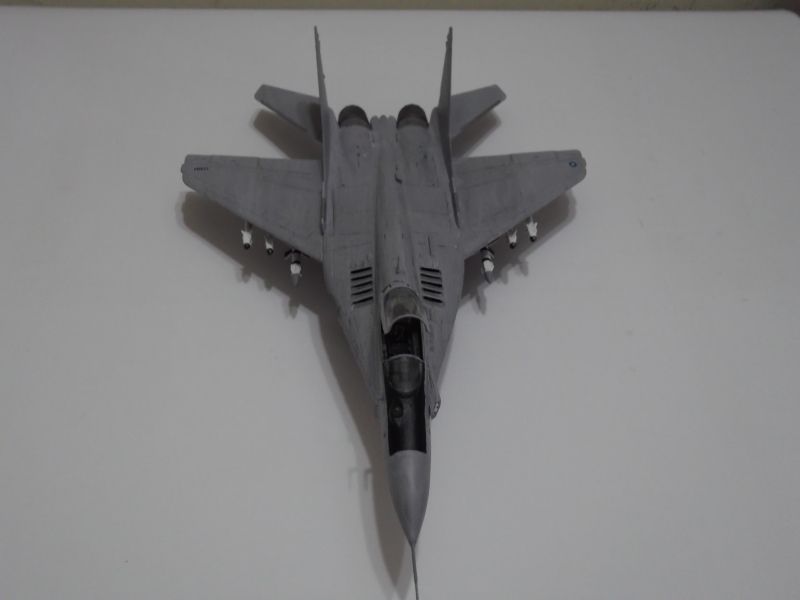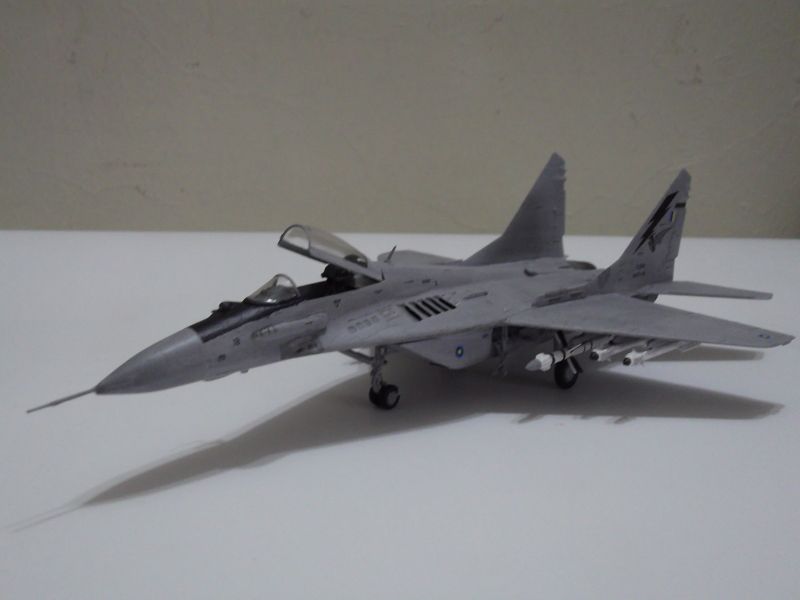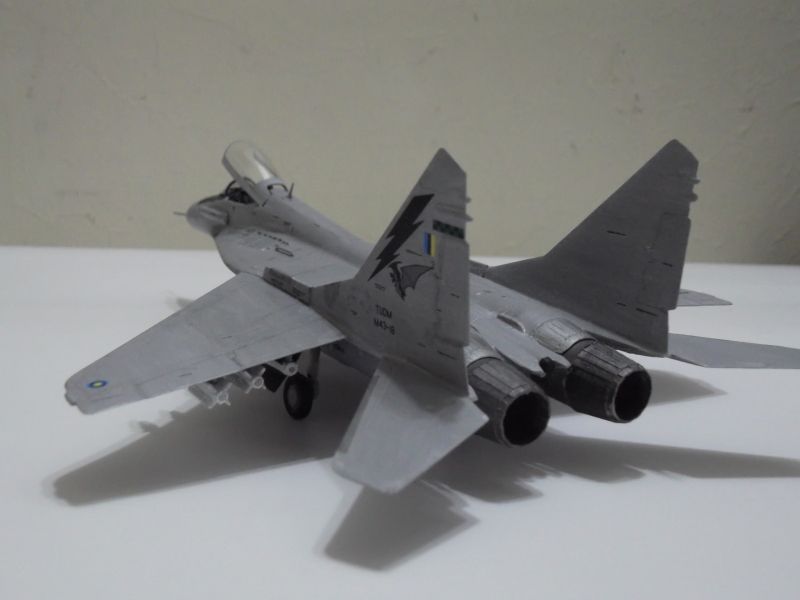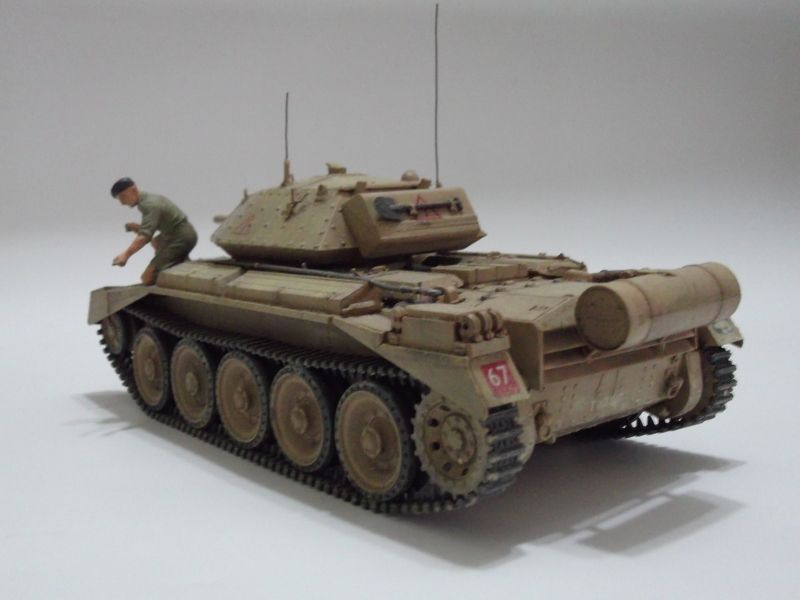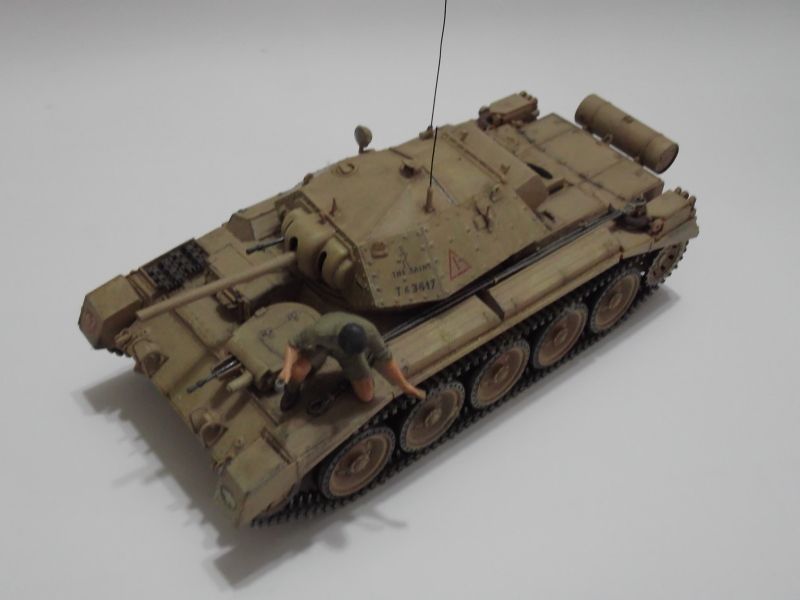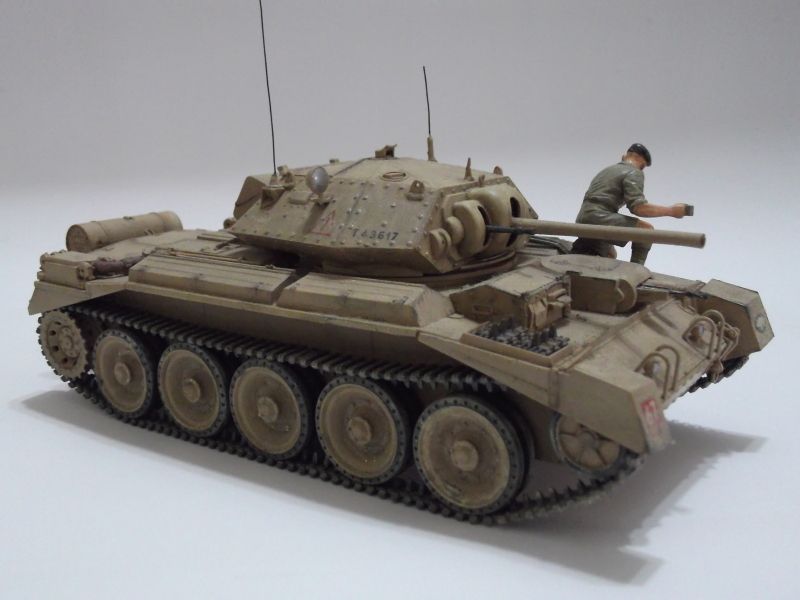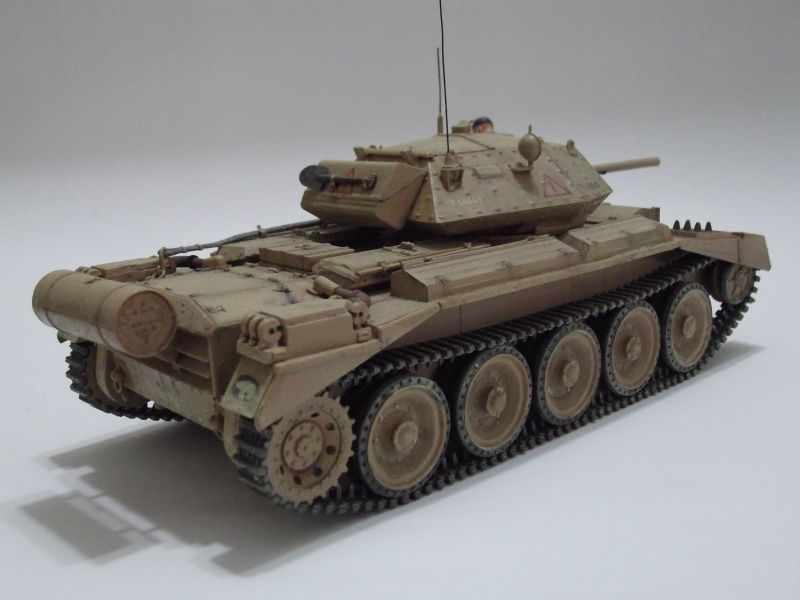Historical Background
The MiG-29 (NATO codename Fulcrum) was
designed and developed in the Soviet Union to counter the (then) new American
fighters like the F-15 Eagle and the F-16 Fighting Falcon. With the basic
aerodynamic shape designed by the Central Aerohydrodynamic Institute (TsAGI),
the MiG-29 was developed in tandem with the larger Sukhoi Su-27 ‘Flanker’. Parallel to the American FX and LWF
programmes, the Fulcrum can be considered the F-16 (which beat the YF-17 in the
LWF programme) of the Soviet Air Force as it was the lighter of the two.
The Fulcrum entered service in 1983,
replacing the MiG-23 Flogger in the frontal aviation role. Their task is to
escort strike and attack aircraft operating close to the frontlines. For that,
it was equipped with rugged landing gear, mud/stone guard for the forward
landing gear and special intake covers (which close the intake when the gear
touches the ground – air is then aspired via auxiliary intakes above). The
Fulcrum with a single 30mm GsH-301 cannon plus six hardpoints on the wings
which are usually armed with two R-27 (AA-10 Alamo) and four R-73 (AA-11 Archer)
for air-to-air combat.
In 1993, the Malaysian Government
announced that the Royal Malaysian Air
Force were going to acquire MiG-29 as its air superiority fighter replacing
(supplanting?) the Northrop F-5E Tiger II. This was quite a surprise as
Malaysia traditionally acquire its defence equipment from Western countries. A
total of 16 MiG-29S (Product 9.13) single seaters and 2 MiG-29UB (Product
9.51) tw0-seaters were purchased and
are based at Kuantan AB in the state of Pahang. The planes were known locally
as MiG-29N. Some modifications were made including the fitment of detachable
inflight-refuelling probe (single-seaters only), deletion of the SRO-2M Khrom
(‘Odd Rods’) IFF antenna and replacing the radar with Phazotron NO19ME which is
compatible with R-77 ‘AMRAAMski’
air-to-air missile. The engines remain Klimov RD-33 which emits black smoke
visible for kilometers around. Because of that, like the American pilots who
flew the F-4 Phantom, the pilots adopted the nickname ‘Smokey Bandits’ for
their mount.
The Kit
In 1/72 scale, the modeling community
generally agrees that Italeri has the best kit of the MiG-29. The general shape
captures the look of the real thing as compared to its competitors. Detail-wise, the kit is good, although not as
good as Hasegawa’s or Fujimi’s though. The cockpit is basic and the K-36 seat
is best discarded and replaced with aftermarket parts. There is no intake
trunking (good thing the Fulcrum closes its main inlets once it’s on the
ground!)*. Stores consists of two R-27 and four R-60 (AA-8 Aphid) missiles.
Oh, I forgot to mention that this build
is actually a REBUILD. I had already build the kit around 2005 using the
aforementioned Bats, Typhoons and Cobras set and also Scale Nutz’s TUDM MiG-29N sheet.
So this entry will include both the original steps taken by me and the
additional work done during the rebuild.
Construction
As usual, the cockpit received the first
attention. As stated before, the cockpit is very Spartan with just the seat,
control stick, tub and the instrument panel. There is some detail on the tub
sides but none on the wall. The cockpit is painted Gunze H307 (FS36320) with
available details picked in Tamiya XF-1 Flat Black. The kit seat was discarded
and replaced with the resin one from Pavla Models. However when I test-fit the
seat, I found that it sticks way out of the cockpit coaming. The reason? The
original seat’s placement tab (or whatever it’s called). I can’t reach the spot
to hack it off so I did the next best thing: hack (or rather, sand) the resin
seat’s bottom! The seat was then painted XF-1 Flat Black with seat belts
painted XF-57 Buff. Some dry-brushing were done on the ‘metal’ parts of the
seat.
Closing up the fuselage is quite tricky
and as expected, there is some gap especially around the nose area. Some CA
glue was used to fill it and then sanded down although my sanding skills leave something to be
desired…..There is also some gap at the wing-fuselage joint but this was easier
to overcome, especially when I use Mr Dissolved Putty.
The IFR probe was then mounted on the
left side of the fuselage, located just above the cannon muzzle. There is no
exact instruction actually so I just make a guess based on photos. The addition
of the IFR involves another addition to the airframe – fuel line from the probe
to the tanks. Part of the line is visible externally just behind the left
auxiliary air inlets. VFA Prods instructions kindly provided this information
and I use a 1.0cm plastic rod to
represent the pipe. The ‘Odd Rods’ IFF antenna were then sanded off but I
refrain from adding antennas to avoid breakage during painting and decaling (it
happened anyway later on!). So, off to the painting stage!
Painting and Decaling
When I bought this kit and the decal sets (originally Scale Nutz's 'TUDM MiG-29N Fulcrum' and VFA Productions' 'Bats, Typhoons and Cobras!'), the RMAF Fulcrums were painted in grey/green camouflage with lo-viz markings. So I painted the model according to the instructions, although I didn't paint the green areas in FS34227 as recommended but using FS34226 instead. I use both sets of decals (where appropriate)although with hindsight I believe Scale Nutz's stencil decals is more in scale (although not really legible).

In 2005, after their SLEP, the Fulcrums were painted Air Defence Grey, the lo-viz national markings were changed to full colour and are made into a circle (it was square previously). There was also fin flash (like all other RMAF planes). To reflect these changes, VFA Productions issued their 'RMAF's Russian Connection'** set. This set also includes their earlier RMAF Fulcrum decal set although the resin IFR probe is not. I bought this set but sat on it until earlier this month (May 2012).
Eventually I decided to repaint my MiG-29 in their new colour scheme. I stripped the old paint off using window cleaning liquid. However, instead of the scheme depicted in the VFA Sheet, I decided to paint my MiG in their post-2007 markings. There were no bat insignia in that sheet so I have to use the leftover decals from their earlier sheet. The aircraft is painted Medium Sea Grey using Gunze H335. The post-2005 colour scheme is peculiar in the sense that everything, including the wheel wells and landing gear were painted Medium Sea Grey. The leading edge of the horizontal stabiliser and the chaff/flare dispenser were painted silver and the exhausts were painted burnt iron. Then off with another of my love-hate relationship in modeling : decaling the numerous stencils. Well, at least I'm not doing any of the JASDF jets! The decals were then subjected to Mr Mark Softer treatment. The pilot's name decal was not used as the 2011 birds feature a different style, with callsign.
Finishing
At this stage of build, I attached the external stores, aerials, probes and the landing gear. The kit didn't include AA-11 Archer AAMs, so these were sourced from the rather rare Dragon Modern Soviet Aircraft Weapons 2 : Air-To-Air Missiles. The missiles (AA-10 and AA-11) were painted in 'live' rather than 'inert' markings. The VHF aerial behind the cockpit was sourced from Zvezda's MiG-23MLD kit, as is the air data probe on the starboard side - the originals were lost to the Carpet Monster. The canopy transparency on the real aircraft was sealed with pink-coloured tapes, which I didn't replicate as it was quite diificult in 1/72 scale. And true to Krapp Plastik Werke traditions, I only realise (after attaching) that the 'black' portion of the AA-10s are actually dark natural metal....and that the paint for the entire aircraft was not smooth and attempts of repairs resulted in discoloured patches not present on the real aircraft...arghhhh.
Conclusion
Italeri, despite being generally regarded as behind the Japanese Big Four (Tamiya, Hasegawa, Aoshima and Fujimi) in kit design actually surpasses them in their 1/72 MiG-29 kit. Out of the box, it was good enough for your average modeller whilst detail freaks have lots of aftermarket stuff for this kit. I am very grateful for Scale Nutz and VFA Production's effort to cater for the local interest in the aircraft especially the latter's inclusion of the IFR probe.
Note:
*The intake covers swing down when the engines are running. Once stopped, the covers retracted again.
** When originally delivered in 1993, the planes were divided between two squadrons; No. 17 (Bat) and No.19 (Cobra). No. 17 was disbanded in 1999 and its planes were absorbed by No.19 Squadron. When TUDM purchased Sukhoi Su-30MKM MRCAs in 2003, the old No.11 Squadron (last operated the F-5Es in the early 1990s) was resurrected. No.11 also has a Cobra as insignia and as the Sukhois are now the premier combat aircraft of TUDM, No.19 Squadron was required to relinquish its identity to No.11 Squadron. No.17 Squadron was resurrected as a result.



























